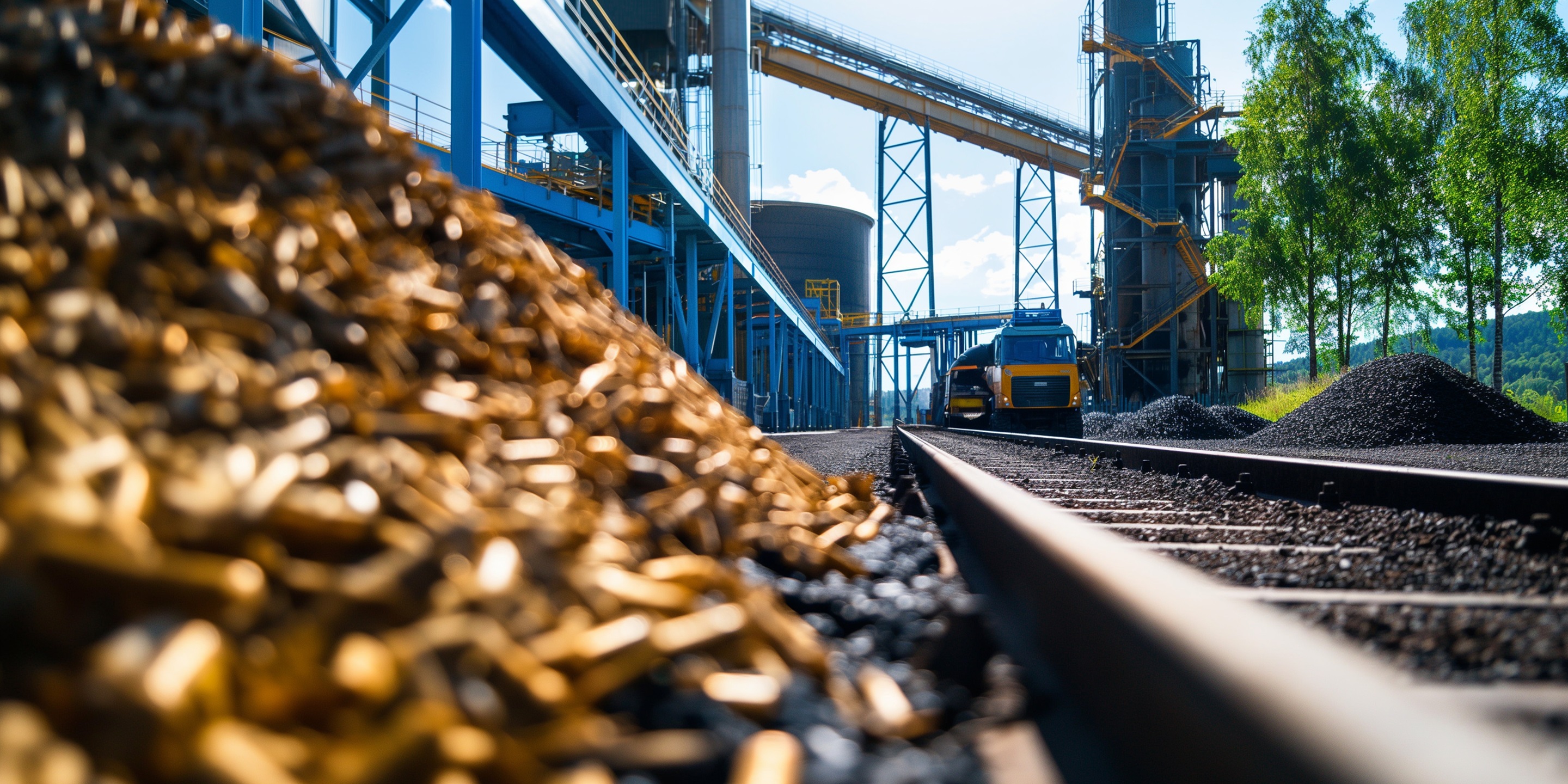Rising global demand for renewable fuels is prompting the search for new feedstocks. Waste wood and plant residues from agriculture, forestry, and other industries—known as lignocellulosic biomass—can be an abundant and inexpensive renewable fuel feedstock. This low-cost biomass source can be processed using Honeywell UOP’s Biocrude Upgrading to produce renewable marine, aviation and road fuels.
Renewable Marine Fuel
Marine fuel produced via the Biocrude Upgrading process offers benefits over biofuel, eFuel and other alternative fossil fuels meant to reduce maritime fleet emissions.
- Maximize marine fuel or SAF production as desired
- Produce drop-in renewable marine fuel in a single step
- Compatible with existing vessel configurations, bunkering and fueling infrastructure
- Can reduce greenhouse gas (GHG) emissions by up to 70% compared to conventional marine fuel1
- Lower cost of production than HEFA-based fuels2
- Safety considerations similar to conventional fuels which are well understood
Sustainable Aviation Fuel (SAF)
Biocrude Upgrading draws on Honeywell UOP’s experience upgrading and characterizing biogenic feedstocks to pave a new and efficient pathway from biomass to SAF with unique advantages
- Lower carbon intensity jet fuel
- Lower cost of production than HEFA-based fuels2
- SAF product properties create potential for a Jet-A replacement >50% in the future by blending with other types of SAF
- Maximize SAF or marine fuel production as desired
Renewable Naphtha
Biocrude Upgrading produces renewable naphtha, which can be used or sold for petrochemical production and gasoline blending. The Biocrude Upgrading product properties makes it excellent feed for high-octane gasoline production.
Utilizing an innovative reactor and catalyst system, UOP Biocrude Upgrading uses pyrolysis oil (pyoil) or hydrothermal liquefaction (HTL) oil as an intermediate between waste biomass and transportation fuels. UOP Biocrude Upgrading can offer:
An innovative pathway to access abundant, lower-cost biomass feedstock
The ability to produce renewable marine fuel and SAF with a lower cost of production than HEFA-based fuels2
- Up to 10% higher carbon yield from biomass versus a once-through gasification process3
- An adjustable process design to maximize renewable marine fuel or SAF products
- Modular delivery to help reduce project and scheduling risk

RTP Technology For Biomass Conversion
Convert low-value biomass into fast pyrolysis oil—an energy-dense, transportable biocrude
Honeywell UOP eFining™
Efficiently produce SAF or eSAF using the flexible, marketable intermediate of methanol.
FT Unicracking™
Convert Fischer-Tropsch liquids and waxes from waste into SAF or eSAF
1Reduced GHG emissions is based on Honeywell UOP carbon intensity analysis of renewable marine fuel production using pine biomass in the Biocrude Upgrading process, compared to fossil marine fuel production.
2Based on Honeywell UOP analysis comparing total production cost ($/MT of liquid product) using 1,500 MTD of pine biomass feed for Biocrude Upgrading vs used cooking oil feed for HEFA-based processes to make an equivalent amount of liquid fuel products.
3Based on Honeywell UOP calculations comparing conversion of pine biomass to naphtha, jet, diesel and marine fuel via pyrolysis & Biocrude Upgrading vs via once-through gasification pathways.




